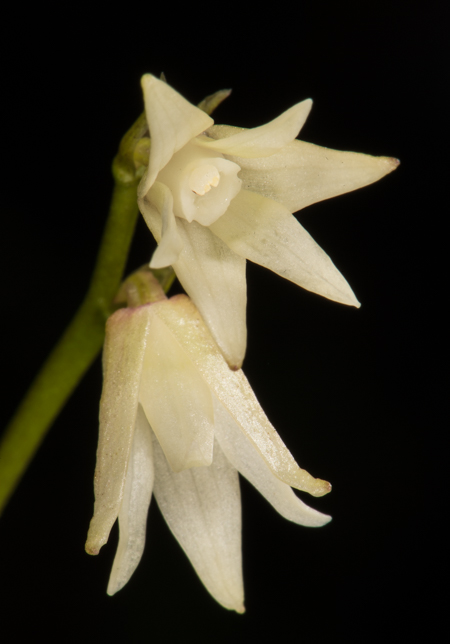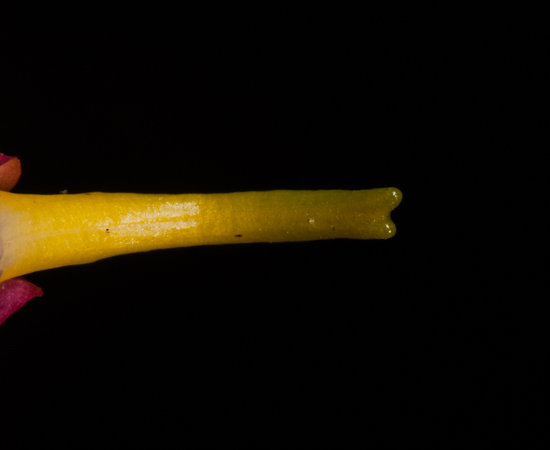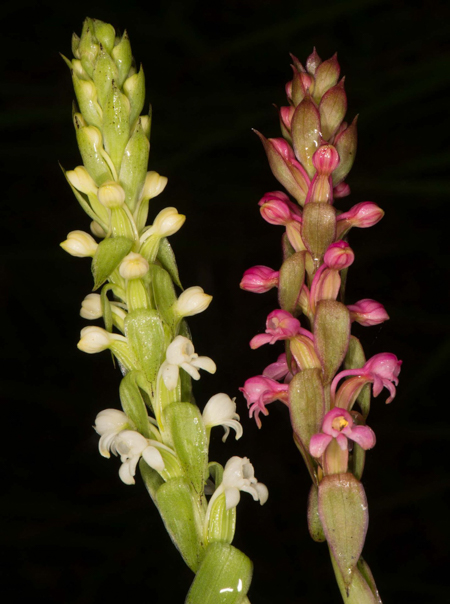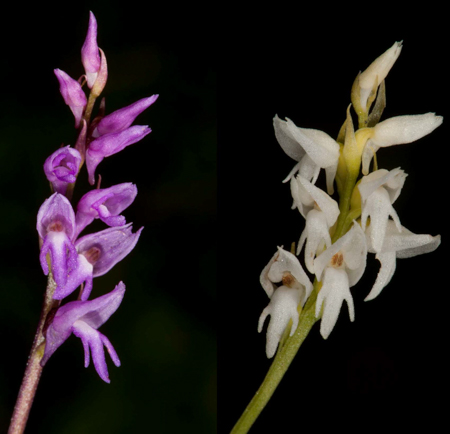Many orchid flowers are with ridges on its lip, known as lamella. It can be a single one or upto 5 in numbers. Lamellae can be of the same length, shorter or longer, wavy etc. However, most of them are entire in structure, meaning without any hairy outgrowths. However, there are certain orchid flowers that have multiple lamellae that are hairy (fimbriate).
It is believed that this highly developed mechanism has something to do with pollination of the flowers.



Post 36 – 06/December/2020
























